The changing face of winter fashion
Whilst many may dread the cold, there are those among us who take this season as an opportunity to reinvent winter fashion. There’s been dramatic change in winter fashion in England over the years. Whilst I could start at the beginning of the 20th century, I’ve instead chosen to go way back in time and start with the Tudor period.
Fashion in Tudor England was all about competing with other European courts. Formal occasions were a chance to present yourself as superior, and fashion played a key role in this. Whilst great halls in castles were heated with a roaring fire, the stone still allowed for draft. Therefore layers were essential, which often consisted of a smock, kirtle and fur-lined gowns with cuffed full sleeves. For men, ruff necks, doublets, jerkins and hose were very in fashion. Hooded cloaks and capes for outdoors were worn by both men and women, and this was a key feature throughout the Elizabethan era.
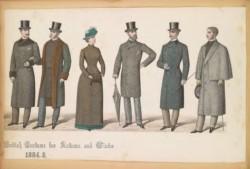
Illustration of winter fashion for men and women in the 1800s.
(Image: picrustable / Pixabay)
Riding and hunting in the Georgian period meant fitted, knee-length riding coats and elbow-length fur-lined capes for women, with darker colours replacing the rich reds and purples of the Tudor era. Embellishments of lace and ribbon for both men’s and women’s clothing displayed a new Parisian influence. Wigs were also very common, as they provided further warmth. Buckled shoes worn by men are indicative of the movement away from material shoes to sturdier ones. The outbreak of war in 1914 marked the beginning of leather boots and the use of cheaper materials in all clothing. Rationing during World War 2 also meant people dressed less extravagantly.
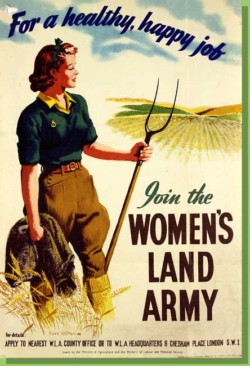
Poster released during the Second World War to encourage women to join the Land Army.
(Image: UK Government: Wikimedia Commons)
The 1920’s was an exciting time where movements, such as Surrealism and Art Nouveau, began to significantly alter shape and style. The new ‘daring’ and ‘liberal’ attitudes of the time were emphasised by the famous rejection of the corset by Coco Chanel. Trousers were worn by women, a trend popularised by American female movie stars. America also popularised sweaters for men paired with Oxford bag trousers. The Great Depression and the Second World War’s rationing scheme brought about knee-length skirts and coats made of cheaper materials such as denim, and new features like the zip were introduced to the clothing world. Gloves, scarves and snoods were also prominent in popular culture at this time.
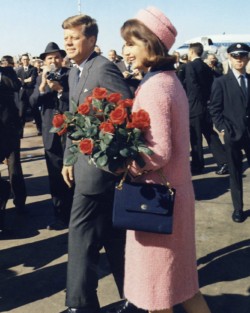
The pink Chanel suit worn by First Lady Jackie Kennedy, on the day of JFK’s assassination.
(Image: Cecil W Stoughton / Wikimedia Commons)
The 1950’s and 60’s were eras where synthetic materials really took off, particularly nylon. There was a new target market : Teenagers. Whilst Christian Dior brought back the ‘clinched waist’ and full skirt, Chanel continued to resist gender normative clothing, with items such as the infamous ‘Chanel suit’. The ‘teddy’ look of leather jackets, khaki corduroy trousers and ‘Levi’ Jeans became staple items in teen wardrobes at this time. The space race, politics, film and music all played a role in influencing the mood of the time as well as the fashion.
The following decades saw a continuation of ‘pop culture’- driven fashion. The 1970’s saw boots ranging from ‘go-go boots’ to ‘wedge boots,’ which were worn in winter seasons with sheep-skin style coats. Tracksuits, turtleneck sweaters, faux fur coats and trench coats were staple winter items in the 1970s and 80’s. Hat-wise, whilst women tended to opt for the beret, men preferred the beanie. Although the 90’s is known for the ‘supermodels’, most women chose to wear oversized jumpers and ‘mom’ jeans to create the ‘grunge’ look. For men, wearing sweatpants and fingerless gloves was a way of recreating the style of icons like Freddie Mercury.
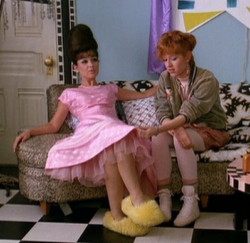
80s it-girl Molly Ringwald in cult classic ‘Pretty in Pink’
(Image: Maegan Tintari / Pixabay)
From then on, it became all about ‘fast fashion’. Puffy jackets, military-inspired coats and of course ‘Ed Hardy’ items were all the rave in the 2000’s. But nowadays, it seems we’ve got ourselves into the habit of adopting ‘looks’ from previous decades and either wearing it as ‘vintage fashion’ or reinventing it. With the creation of the Internet, it is far easier to follow the latest trends and buy online. Social media has also meant that brands can target customers and use social media stars to promote the latest winter trends.
English fashion is particularly influenced by the weather, because of the issue of having to cater for the changing seasons and temperature. Throughout all the ages we can see that layering up and the use of either real or faux fur has been timeless. It is interesting to see the social and cultural changes that were happening in each era were also reflected on the clothing too. It will be exciting to see how winter fashion develops in the future.
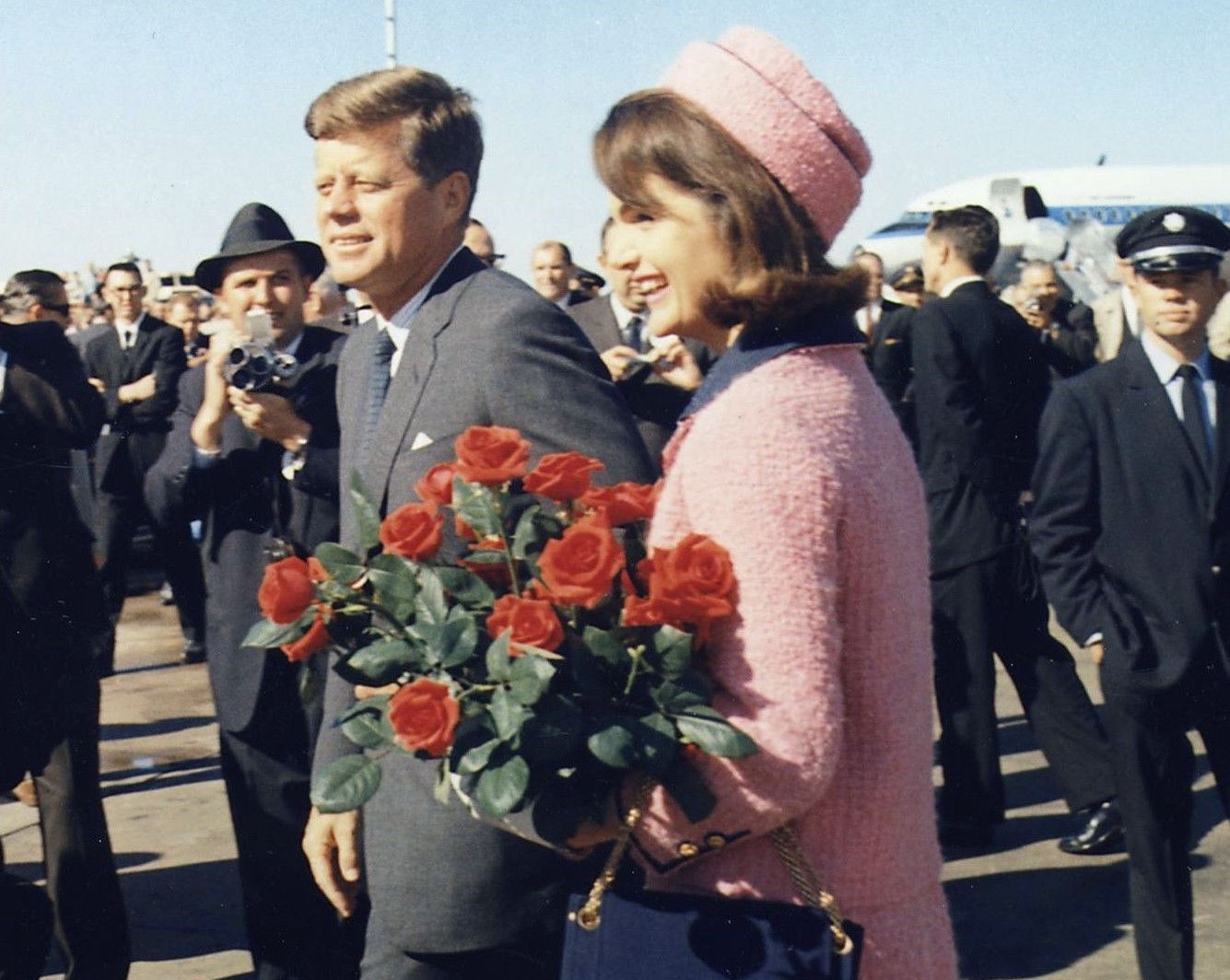
Comments